Amy Sprague
October 21, 2025
Students designed and built SOC-i, a shoebox-sized satellite now orbiting Earth after NASA selection.
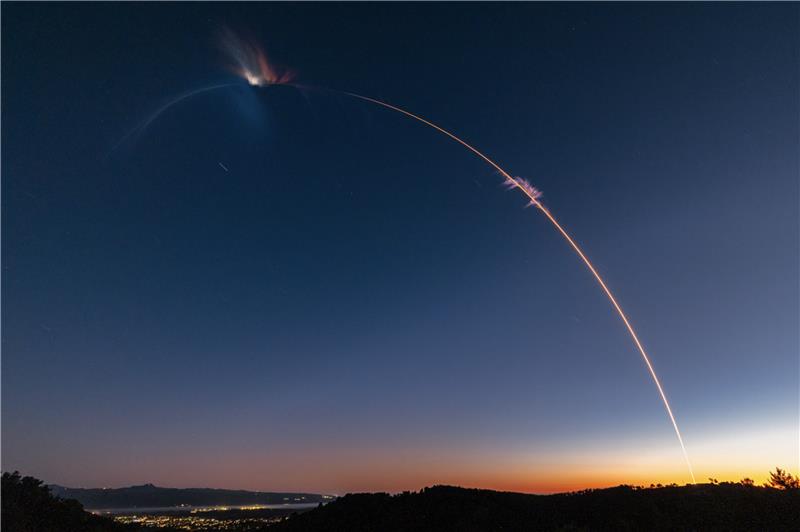
Firefly Aerospace’s Alpha rocket leaves a glowing trail above the skies of Vandenberg Space Force Base in California on July 3, 2024. Photo credit: Firefly Aerospace/Trevor Mahlmann.
Against the Seattle twilight sky, a faint streak illuminated the southern horizon on July 3, 2024, as Firefly Aerospace's Alpha rocket soared into orbit from Vandenberg Space Force Base in California. For most Seattleites, it was a mostly unnoticeable celestial event. But for a dedicated group of University of Washington engineering and physics students, that distant flare carried years of work into the skies.
"Watching that rocket from Seattle, knowing our satellite was aboard was surreal," recalls Qishi "Jackson" Zhou, A&A Ph.D. student and team lead for the A&A CubeSat Team (AACT). "In that moment, everything we'd worked for became tangible."
That tangible achievement is SOC-i (pronounced "Sockeye"), the Satellite for Optimal Control and Imaging, a shoebox-sized spacecraft designed and built entirely by UW students. Selected as one of just 18 projects for NASA's highly competitive CubeSat Launch Initiative, SOC-i represents a remarkable educational journey and technical accomplishment.
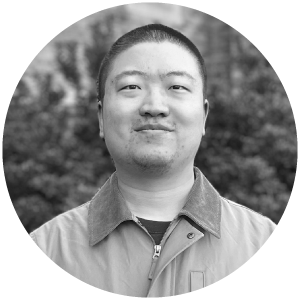
“This project became more than just building a satellite. It evolved into an environment where students could apply classroom knowledge to real-world challenges, embrace uncertainty, and learn through trial and error.”
Hands-on education
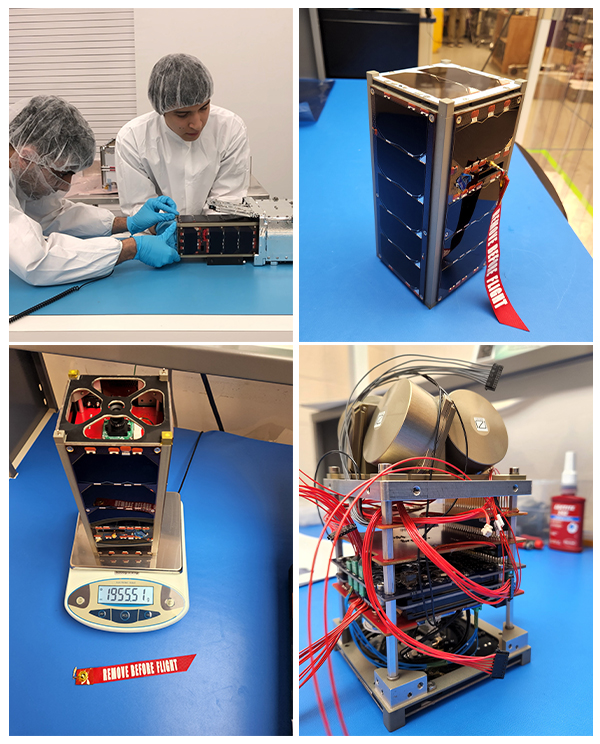
The SOC-i CubeSat through various stages of assembly, including making sure it was within the weight parameters. Arshan Rezai (left) and Francisco Flores fit it into the official housing.
While SOC-i's primary mission focuses on testing innovative spacecraft attitude control technology, its true purpose extends far beyond the technical objectives.
"This project became more than just building a satellite," explains Zhou. "It evolved into an environment where students could apply classroom knowledge to real-world challenges, embrace uncertainty, and learn through trial and error."
The final mission team consisted of twelve dedicated students who navigated countless technical hurdles, often with limited documentation from graduated team members. Their perseverance transformed theoretical concepts into flight hardware now orbiting Earth.
Kent Fukuda, who worked on flight software for radio communications, embodies the team's spirit: "When I ran into issues while testing the communication systems, the team's determination helped me push through and find creative solutions. The most exciting moment was when we finally got SOC-i to successfully send guidance, navigation and control data during testing. It gave us hope that it wouldn't just be a flying brick."
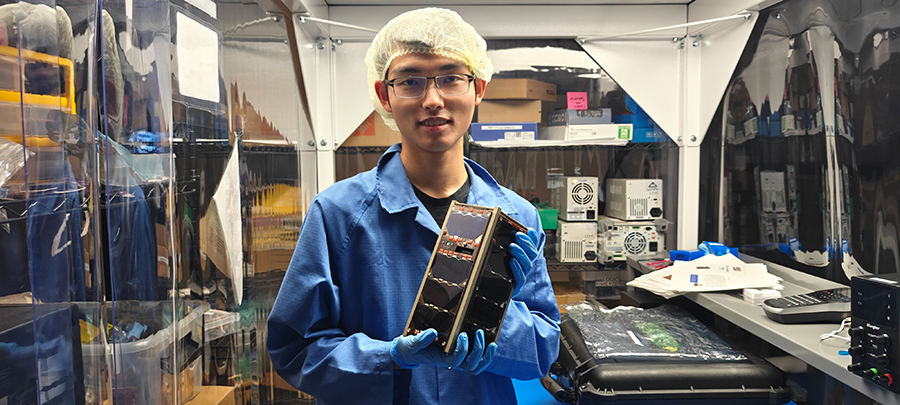
Kent Fukuda holding SOC-i in the lab.
Challenges in space: The ongoing mission
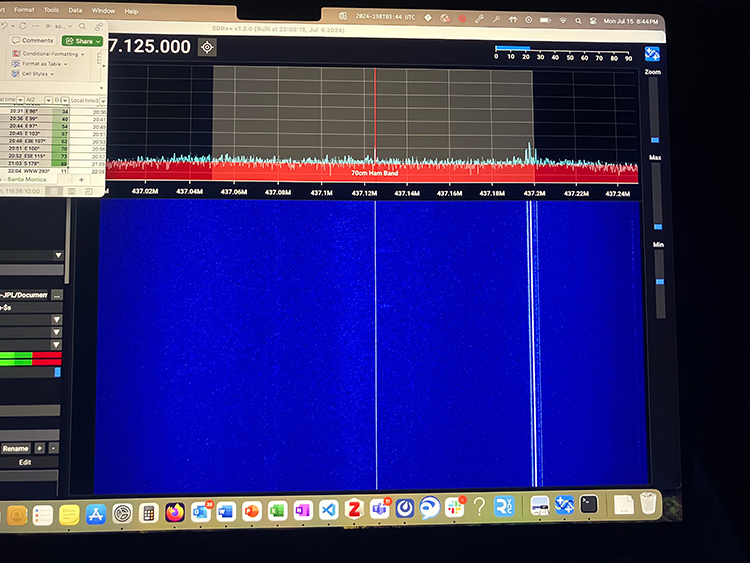
The AACT received two faint signals from the orbiting SOC-i.
Like many pioneering ventures, SOC-i's journey hasn't been without challenges. The team has detected promising but faint signals from their satellite, confirming it was indeed transmitting, though establishing robust communication remains difficult.
"We're in a fascinating phase of the mission," Zhou notes with optimism. "Our investigation suggests SOC-i may be experiencing either power management adjustments or software reset sequences, which are both common challenges in satellite operations."
The team continues monitoring for signals while working with UW Environmental Health and Safety to improve their antenna setup on campus. They've also engaged partners including other universities and amateur radio communities in tracking efforts.
"These challenges are what makes space engineering so valuable as an educational experience," says Zhou. "Our students are learning to troubleshoot complex systems remotely, collaborate across institutional boundaries, and document findings for future missions."
Beyond the mission: Career launchpad
AACT gave us a chance to produce tangible work and support data collection for researchers”
The impact of SOC-i extends far beyond its technical achievements. For many team members, the project has served as a springboard into aerospace careers.
Several original team members who helped establish the project have gone on to positions at Blue Origin, SpaceX, and NASA's Jet Propulsion Laboratory. Current team members are similarly finding their AACT experience invaluable.
"AACT gave us a chance to produce tangible work and support data collection for researchers," explains team member Sam Mansouri. "This has been a great opportunity to learn and make an impact."
Brooke Yommarath adds, "It is truly inspiring to see the hard work of our AACT engineers be brought to life. There is a brighter future ahead for the aerospace industry with everyone who contributed their time, skill, and passion for SOC-i to launch."
Looking forward
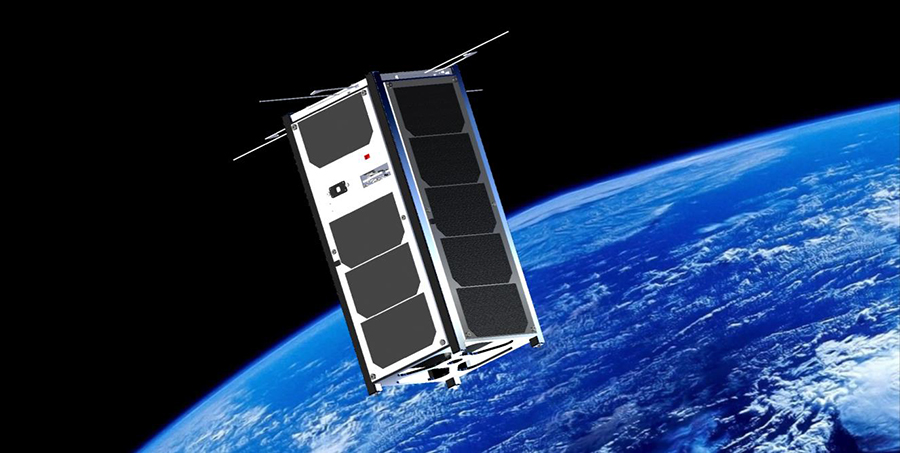
An artist's rendering of a CubeSat in orbit.
As the team prepares their comprehensive mission report for NASA, they're already thinking about future opportunities. The lessons learned from SOC-i will inform the next generation of UW CubeSat development.
"At AACT, we prioritize student development alongside technical goals," Zhou emphasizes. "I'm incredibly proud of how our team rose to meet every challenge, and I'm excited to see how they'll apply these experiences throughout their careers."
For now, a piece of UW ingenuity continues circling our planet. Each time it passes overhead, SOC-i carries with it the collective intelligence and aspirations of every student who contributed to its journey.
The SOC-i send-off team of undergraduates
Francisco Flores-Martinez (‘25) and Joshua Rolfe (Aeronautics and Astronautics); Mikhail Mazukabzov (‘24) and Owen Fairbairn (‘25) (Astronomy); Brooke Yommarath (Chemical Engineering); Jack Stern (Applied Physics); Arshan Rezai (‘25), Sam Mansouri, and Ethan Ingalls (‘25) (Electrical and Computer Engineering); Michal Kozubczyk (Electrical Engineering - Bothell); Kent Fukuda (Mechanical Engineering); and Zico Holmer (Pre-Social Sciences). Professor Alvar Saenz Otero is the team’s faculty adviser.